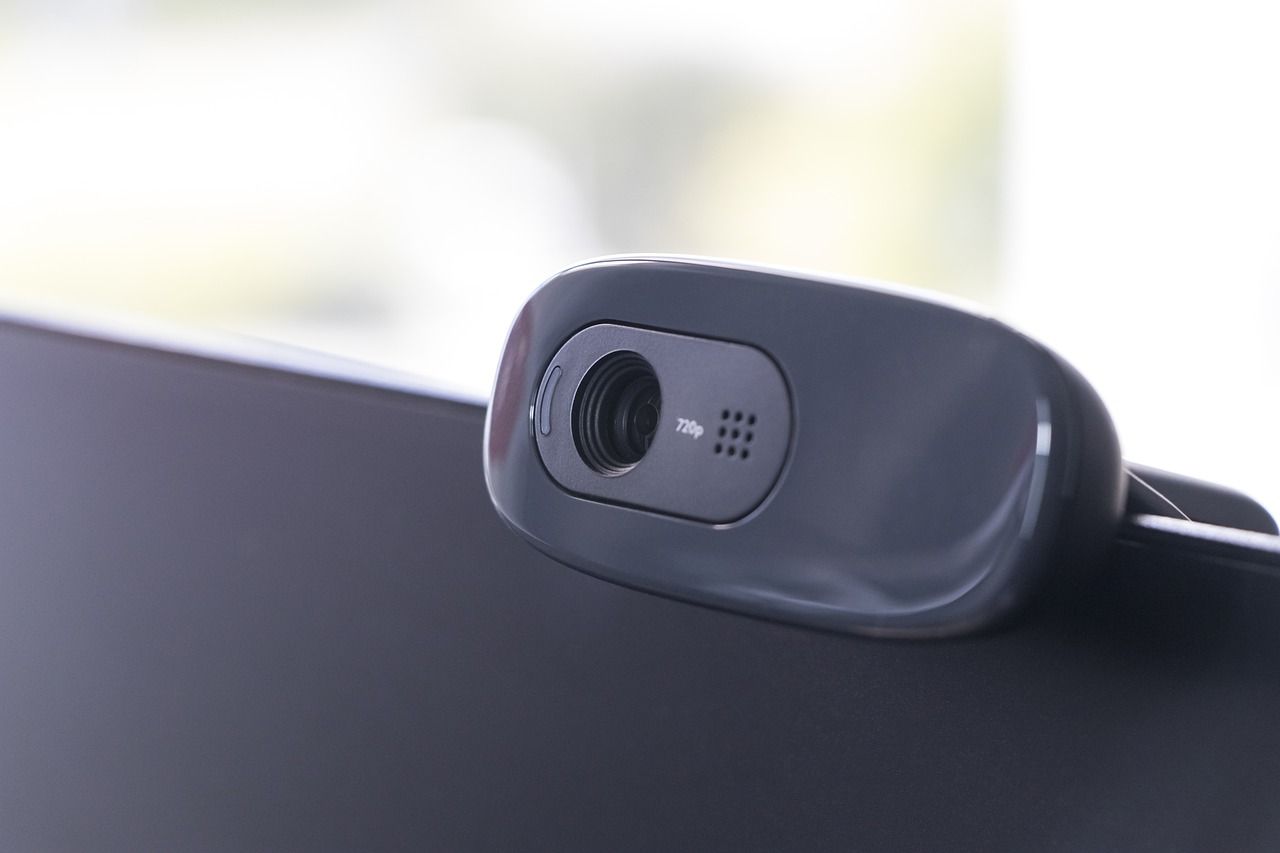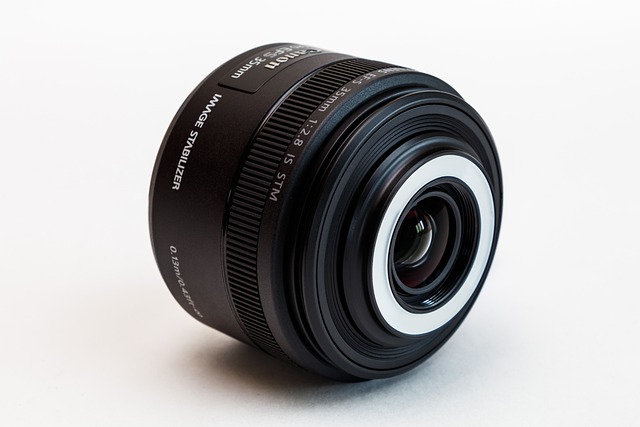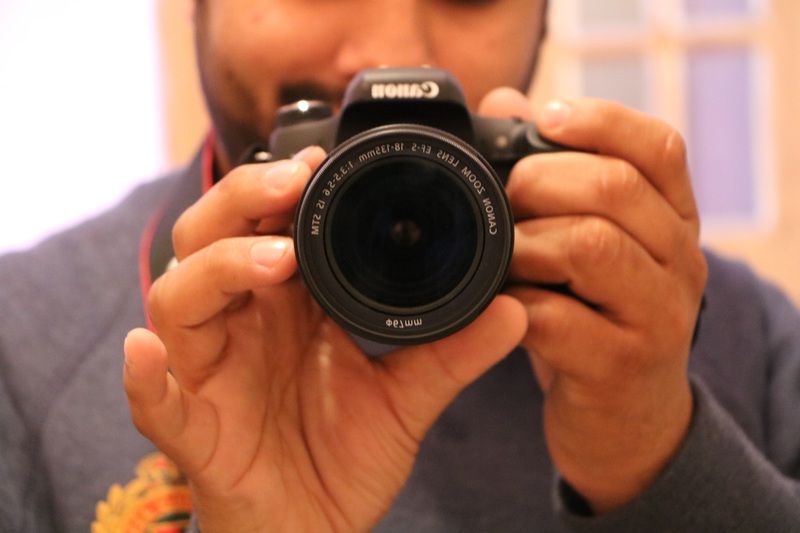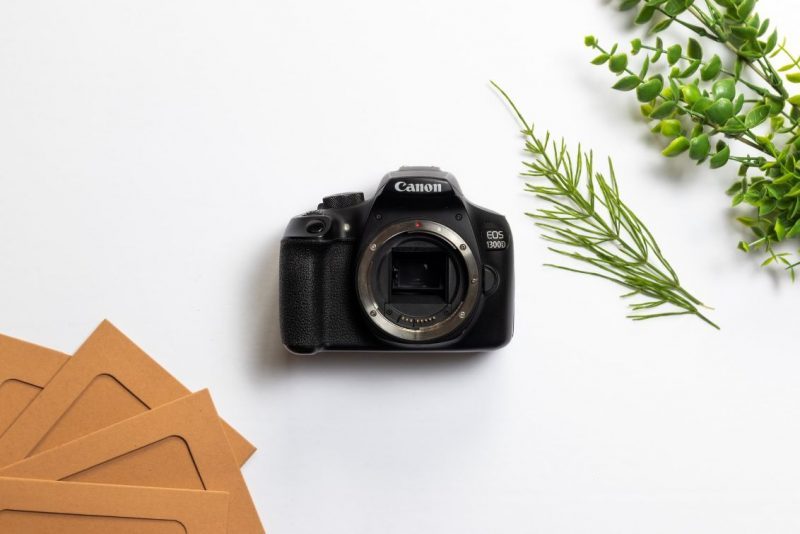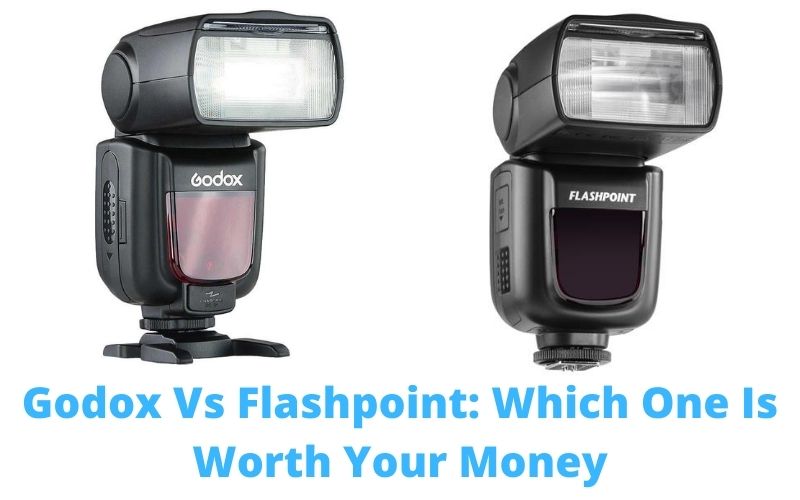If you’re a newbie in capturing or photography area, you may start your journey with a first camera. Isn’t it? It can be a basic DSLR or mirrorless camera with a kit lens, offers you an 18-55 mm zoom.
But as your competency will improve, you will need a camera with better lenses. And that’s why prime lenses is a must for getting an excellent output. Why?
Above all, the main feature is that these lenses have a very wide angle of view. What’s the benefit? It means that they cover a wide area on the scene to be photographed.
And when you talk about prime lenses, Nikon is one of the top producers worldwide. But, if you decide to get a Nikon lens, you may get confused as there are so many to choose from.
But, don’t worry, for your help, we offer you an introductory guide to pick the suitable prime lens between Nikon 35 mm vs 50mm.
So, let’s jump into it:
Comparison Between Nikon 35mm vs 55mm
If you are new to prime lenses, let me tell you that most of them own a fixed focal length like 14mm, 35mm, 50mm, etc.
That means you have to move the lens nearer to the subject to get the desired image. This characteristic is excellent as it takes creativity to another level.
Prime lenses offer you plenty of benefits. It doesn’t make any difference whether you choose a 35mm or a 50mm lens.
Perhaps, a 35mm or a 50mm lenses can give you a sharper image than a regular zoom lens because prime lenses have the lackings of moving parts like a zoom lens.
It doesn’t also contain the same elements as the zoom one. The only issue with prime lenses is ‘less light, nothing else.
Additionally, primes offer you the best apparatus. So with the help of large equipment, it will be convenient to get the best image with light effect. Sometimes these lenses provide better services than their zoom counterparts.
We can make it the thought more evident with a practical example. Generally, a primary 18-55mm kit lens has an f/3.5-f/5.6 aperture range.
On the other hand, a 35mm or 50mm prime gives you a constant aperture of f/1.8 or f/2.These kinds of a gap are right to get a high-quality image.
Because these options help to blur the disturbing background, most importantly, you can take low- light photos also. Despite having some common point, 35mm lenses and 50mm lenses are quit3 different in aspects of functioning and so on.
So, now its time to get a clear comparison of Nikon 35mm vs 50mm. You should be aware of these facts before investing money.
Field of View
35mm lens: First thing about choosing between 35mm or 50mm is to the field of view. A 35mm lens will give a more comprehensive look at the image.
You can get a clear view from a moderate distance from your eye.35mm is usually more versatile in this case.
50mm lens: This one provide clear images with a narrower angle of view. Here they look “zoomed-in format.” But the advantage of a smaller picture is that you can crop the painting according to your need.
Focal length
33mm lenses: This lens is pretty realistic in terms of focal length. With an excellent walkaround lens facility for day shooting, you can take pictures of photograph various subjects. Even you don’t need to swap out or fix the lenses.
50mm lens: 50mm lens is the winner here. It will offer you extra focal length with other compositions. You can take photographs from a decent distance, which is tight with 33mm.
Lenses
35mm: Though 50mm has a tremendous sharp effect with low-light performance, the 35mm lens wins on the versatility front debate.
The 35mm lens is the best for long-term use. This lens can capture most of the scenes, even if you are working in a congested space. And as usual, it can focus the background also.
50mm: On the other hand, if you desire to get the optimum reach within the best focal length, choose a 50mm lens. This lens will provide a comparatively effective result with lenses.
Compactness
In terms of compactness, the Nikon 35 mm is smaller than the Nikon 50mm f/1.8G.
Price
The primary difference of Nikon 35mm vs 50mm is its price.
35mm: 35mm is a cheap range lense. Nikon 35mm f/1.8G is the most affordable prime lens after 50mm f/1.8D. It is most probably the second most inexpensive prime lens, cost around 200 dollars.
55mm: If you want high-resolution prime lenses, then go for 50mm lenses. Before that, you should be aware of the current rate because the Nikon 50mm f/1.4G is quite expensive than the 30mm.
For this one, you need to pay about $435.So think about your pocket before buying it.
Overall Comparison
If you ask for our suggestion, then we will recommend buying both of them. These two are unique with the functionality. You can notice the qualitative change in the images.
Additionally, if you have a budget issue and want a portrait camera under 500, then inevitably go for Nikon 50mm camera.
Or if you need a portable, medium lightweight camera for blogging or travelling, then 35mm will be more convenient. It is right in sharpness, comparison, bokeh.35mm is suitable for landscape photography like food art, etc.
Besides, This 35mm lens has also a great focal length. But in the aspect of Fox camera, Nikon 50mm is not disappointing too. But when it comes to DX camera, 50mm feels too long.
Comparison with Popular Brands
No doubt that Nikon is the best of all other brands. But as we believe in perfection, that’s why we are giving a more concrete comparison with the top-rated brands like Sony and Canon.
Canon 35mm: Canon EF-S 35mm f/2.8 Macro IS STM
Lense Type: Macro(35 millimeters)
Focal length: 35
Amazon ratings: 4.7 out of 5(123)
Features:
- Compact macro: Canon is especially for macro photography. It has an EF 40 2.8 STM, or EF 35 3.0 is for the macro mode.
- Image quality: ‘It has a smooth bokeh near the defocused area. It gives you landscape or vertical images with no lines with a flare resistance.
Canon 55mm: Canon EF-S 55-250mm F4-5.6 IS STM Lens
Lense Type: Telephoto
Focal Length: 55
Amazon Ratings: 4.7 out of 5(1197
Feature:
- Focal Length: Great range of focal length for it’s budget.
- Stabilization: IS – 3.5 stops of image stabilization
Sony 35 mm: Sony SEL35F18 35mm f/1.8 Prime
Lens Type: Wide angel
Focal length: 35mm
Amazon Ratings: 4.7 out of 5( 712)
Features:
- Format: APS-C, 35 mm equivalent focal length (APS-C): 52.5 mm
- Design: Designed with Built-in image stabilization
Sony 55mm: Sony – FE 50mm F1.8 Standard Lens (SEL50F18F)
Lense Type: Standard
Focus length: 55mm
Amazon ratings: 4.7 out of 5(1754)
Features:
- Seven blades circular aperture:It maximizes the image and provides a minimal bokeh of defocused background bokeh.
- Refined optical performance: The lenses are designed to get a clear image with chromatic aberration and minimizing distortion.
Nikon 35mm: Nikon AF-S DX NIKKOR 35mm f/1.8G Lens
Brand: Standard
Focal length: 35mm
Amazon Ratings: 4.8 out of 5 (8,855)
Features:
- Quality control: Produces crisp photos with great depth. Suitable for low light
- Design: Designed with autofocus and Manual. AF is very impressive.
Nikon 55mm: Nikon AF-S DX NIKKOR 55-300mm f/4.5-5.6G ED Lens
Lens Type: Telephoto
Focal length: 55mm
Amazon ratings: 4.7 out of 5 (4209)
Features:
- Range: Good range of lenses with low price
- High-quality output: The lens element is a highly refractive index.
Final words
We know it is a little bit weird to compare Between two quality based prime lenses. But we have tried our best to draw a basic comparison of Nikon 35mm vs.55mm lenses for the new buyer.
The best thing is to choose according to YOUR concern. So choose the best one from your point of view. Happy clicking!


